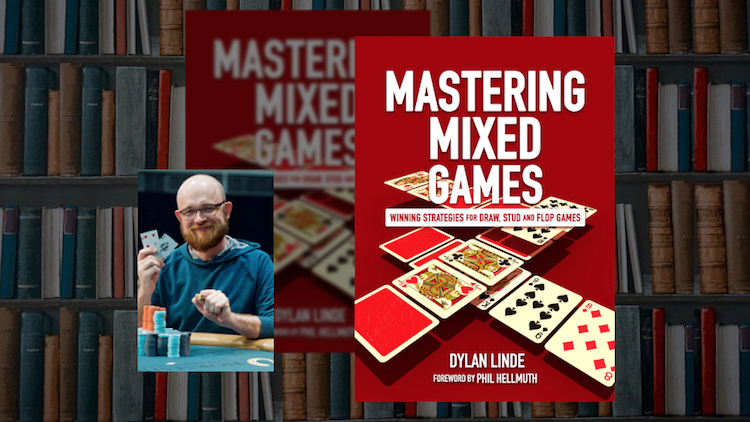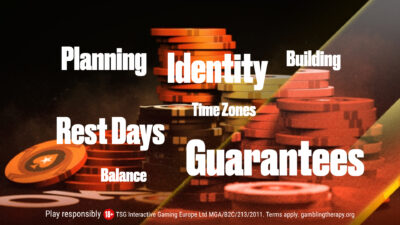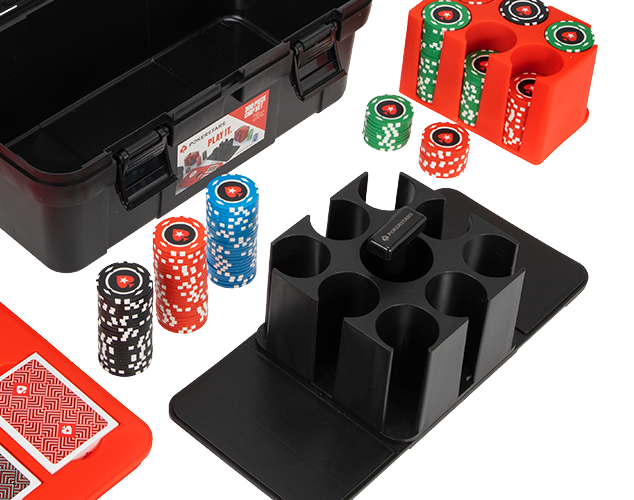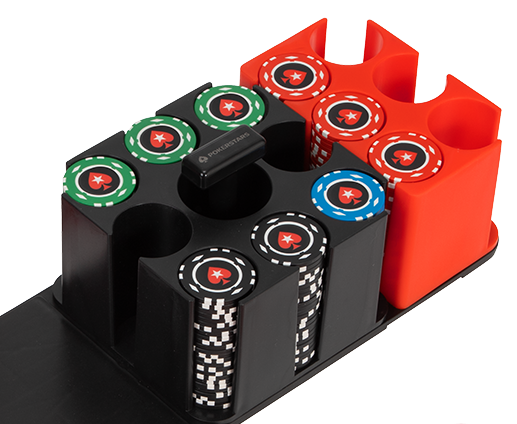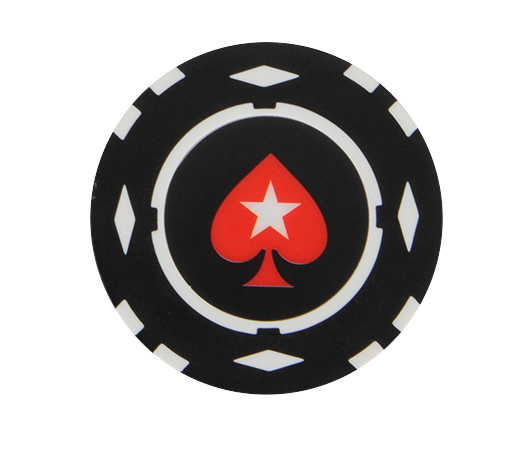Do you love poker but have grown tired of no-limit hold’em? Perhaps it’s time to give some of the other variants a try. As you do, Dylan Linde’s new book Mastering Mixed Games: Winning Strategies for Draw, Stud and Flop Games can help you start winning right away.
Due out this June just in time for the World Series of Poker, Linde’s book provides a thorough introduction to a variety of games, including Omaha hi-lo 8 or better, no-limit 2-7 lowball draw, razz, and seven-card stud hi-lo 8 or better — in other words, all the games that feature prominently in “mixed game” formats like dealer’s choice, H.O.R.S.E., and the 8-game mix.
After introducing you to each game, Linde explains basic strategy before moving onto advanced concepts, providing solid preflop and early hand strategies and ranges while explaining how to apply generic concepts to each individual game and how to recognize and exploit game flow.
Linde has accumulated more than $3.8 million in live tournament winnings. He’s additionally won more than $6 million in tournaments online (according to PocketFives), the majority of which coming on PokerStars where Linde plays as “ImaLucSac.” He’s also a mixed-game regular (both live and online), having gathered a wealth of experience to go along with those earnings.
Here’s an excerpt from Linde’s discussion of Omaha 8 or Better strategy, including an Omaha 8 or Better hand quiz.
from Mastering Mixed Games (Omaha 8 or Better):
Omaha 8 or better (also known as Omaha 8) is a split-pot flop game, played with communal board cards as in normal pot-limit Omaha. The pot is split between the best high and the best low hand. Low hands must qualify. This means that they must consist of five cards all eight or lower. You also must use exactly two cards from your hand. You can use one two-card combination for high and a different two-card combination for low but, as in pot-limit Omaha, you cannot use one, three or four cards. For example, if you hold A♣ 3♠ 5♠ 6♠ on a board of K♣ Q♣ J♣ 4♣ 5♥ you do not have a flush. This means that for there to be a low there must be three low cards on the board. You also must have five unique low cards to make a low (straights are fine so A-2-3-4-5 is the nut low). So, if you have A-Q-10-2 on a K-J–5-4-2 board you do not have a low, because you have only four unique low cards. Therefore, having a backup low card is important.
Structurally Omaha 8 plays exactly like limit hold’em, with preflop, flop, turn and river play. This makes it appear that there could be a lot of strategic commonalities between the two but that is not really the case. Preflop play in Omaha eight or better is very different from hold’em. In hold’em, especially limit hold’em, preflop play is an escalation of aggression. Each player attempts to take the lead in the hand and then use this momentum to win uncontested pots. A player opening UTG doesn’t often get cold-called. Instead if someone else enters the pot they usually do so by re-raising. However, this is not the best strategy in Omaha 8. Firstly, each player has more cards, so they will flop a good hand far more often than they will in hold’em. Hands are also more likely to go to showdown and so having the lead in the hand is less valuable since you will often have to make the best hand to win the pot. Furthermore, in Omaha 8, preflop equities run close.
Omaha 8 or Better Quiz
Game: $20/$40 Mixed Game: 6-handed
Hand: A♠ 5♠ Q♣ J♦
Position: Small Blind
UTG folds, the hijack folds and the cutoff folds. The button raises to $40. You are in the small blind with A♠ 5♠ Q♣ J♦ .
Question 1
Do you: a) Fold b) Call c) Raise
(a) ☐ (b) ☐ (c) ☐
Raise.
You raise to $60. The big blind folds and the button calls $60. The flop is Q♥ 10♥ 3♠ .
Question 2
Do you: a) Bet b) Check
(a) ☐ (b) ☐
Bet.
You bet $20 and the button raises to $40.
Question 3
Do you: a) Fold b) Call c) Raise
(a) ☐ (b) ☐ (c) ☐
Raise.
You raise to $60 and the button calls. The turn is the 7♣ , leaving the board as Q♥ 10♥ 3♠ 7♣ .
Question 4
Do you: a) Bet b) Check
(a) ☐ (b) ☐
Bet.
You bet $40 and the button calls. The river is the 7♠ leaving the board as Q♥ 10♥ 3♠ 7♣ 7♠ .
Question 5
Do you: a) Bet b) Check
(a) ☐ (b) ☐
Bet.
Omaha 8 or Better Quiz: Answers and Analysis
Answer 1
c) Raise
You are certainly ahead of the button’s opening range with your suited ace, two wheel cards and some broadway cards. This hand benefits greatly from achieving a heads-up pot.
Answer 2
a) Bet
You have top pair, a gutshot and both backdoor flushdraw plus backdoor low draw. More than enough equity to build the pot against the button’s range.
Answer 3
c) Raise
This is a great spot for the button to put some pressure on your hands that are primarily comprised of low cards and may either fold immediately or on high turns. On this texture your opponent is also more weighted towards draws when you do not have any blockers to flush draws but do have a blocker to top set and strong two pairs. By raising you can extract value from hands with worse showdown value and still not overexpose yourself when they do have a better high hand. You also prevent the in position player from being able to check turns and get a half-priced turn card by raising the flop.
Answer 4
a) Bet
No reason to stop value-betting your top pair. To go along with your gutshot you also have a weak low draw. Your opponent will have many hands with worse absolute showdown value or draws that need to continue to the river.
Answer 5
a) Bet
Your hand still has a lot of showdown value and you will have some bluff combos in this scenario. Some hands with which you may have three-bet the flop now need to bluff, such as A-K-J-x with not many hearts or A-J-9-3. Thus, your opponent will need to bluff-catch with worse Q-x and some 10-x to keep you from bluffing with impunity, given the great price being laid on your river bet.
Mastering Mixed Games: Winning Strategies for Draw, Stud and Flop Games is available for pre-order in paperback and as an e-book at D&B Poker.
D&B Publishing (using the imprint D&B Poker) was created by Dan Addelman and Byron Jacobs 15 years ago. Since then it has become one of the leading publishers of poker books with titles by Phil Hellmuth, Jonathan Little, Mike Sexton, Chris Moorman, Dr. Patricia Cardner, Lance Bradley, Greg Raymer, Martin Harris and more, all of which are available at D&B Poker.
Back to Top

